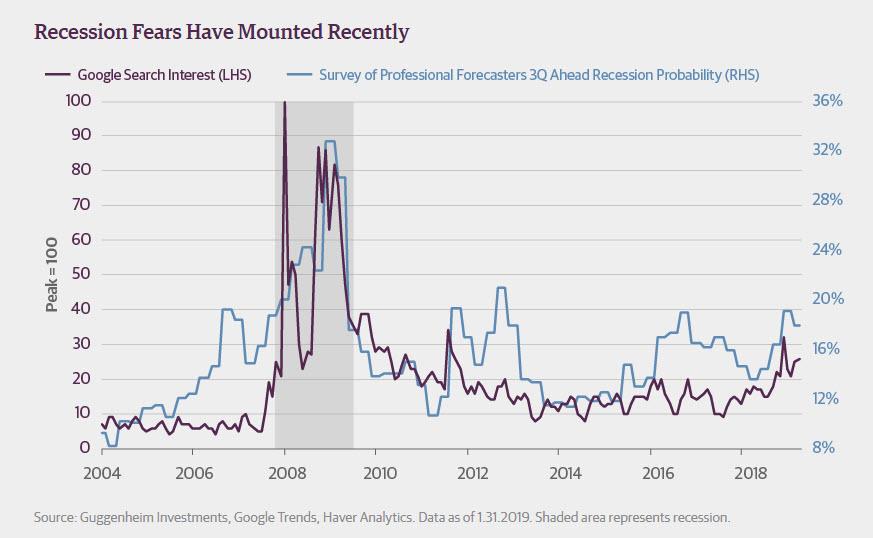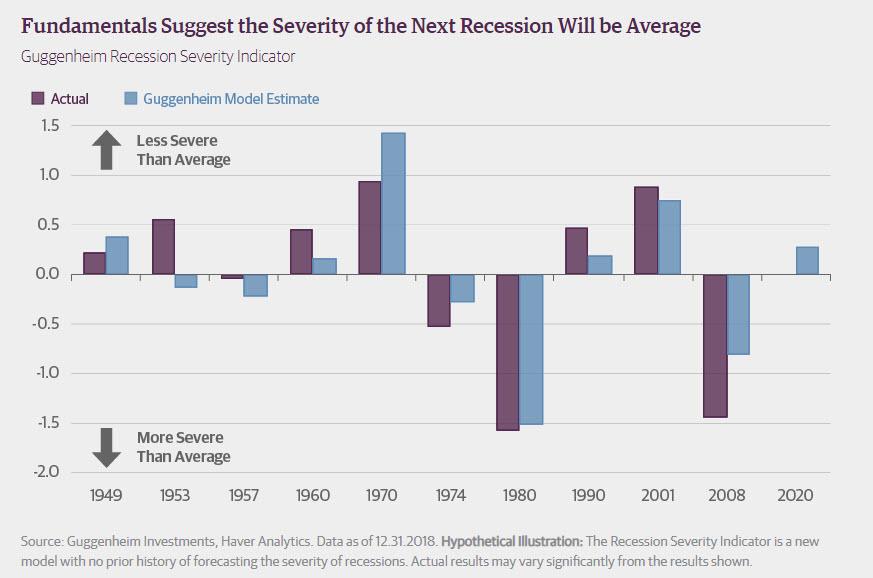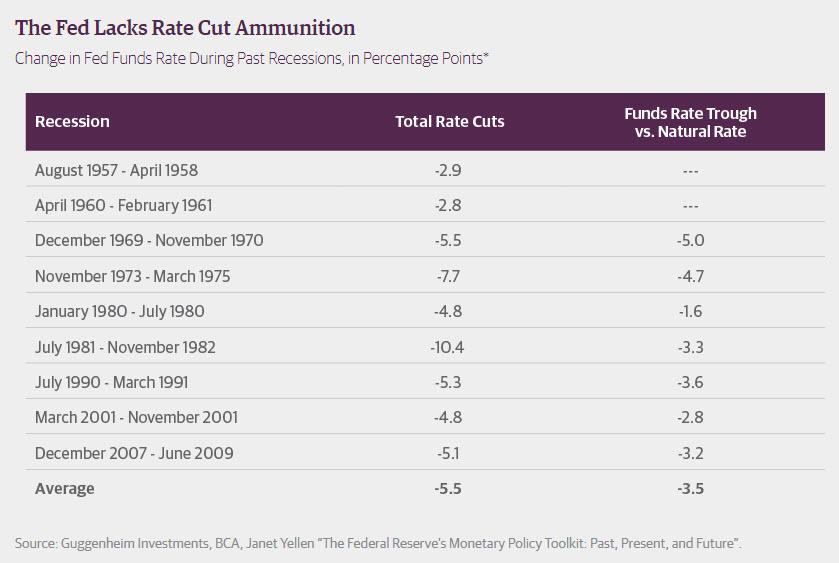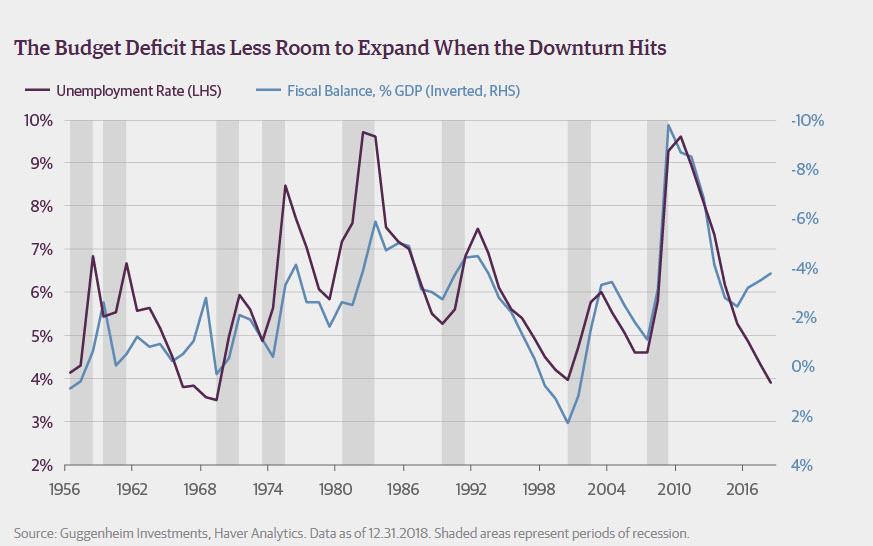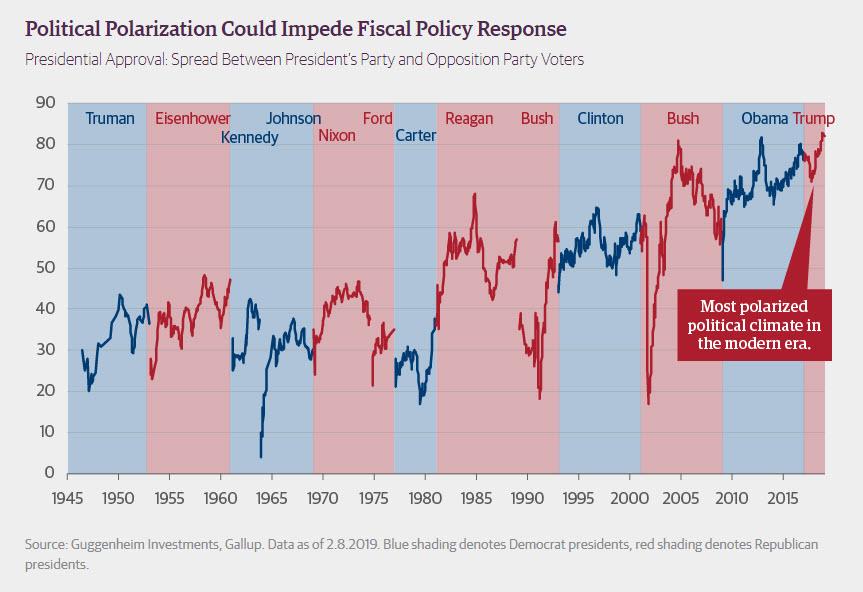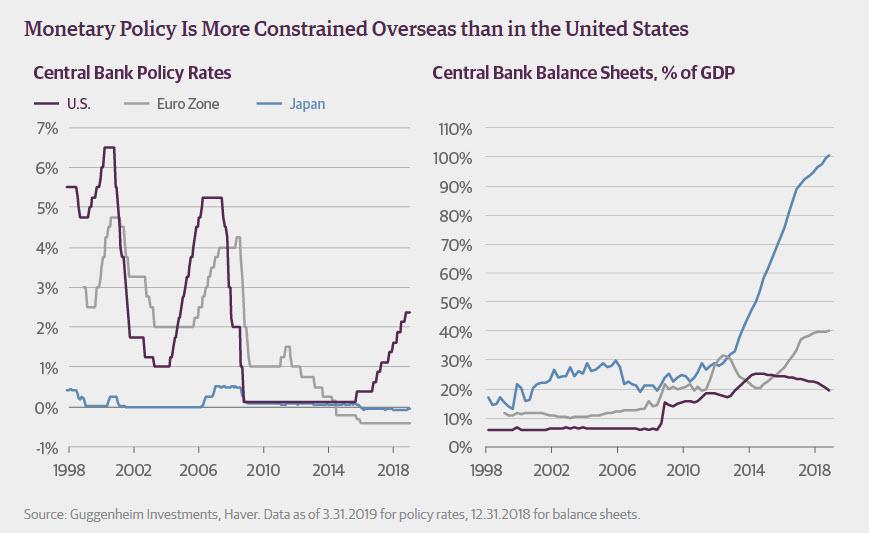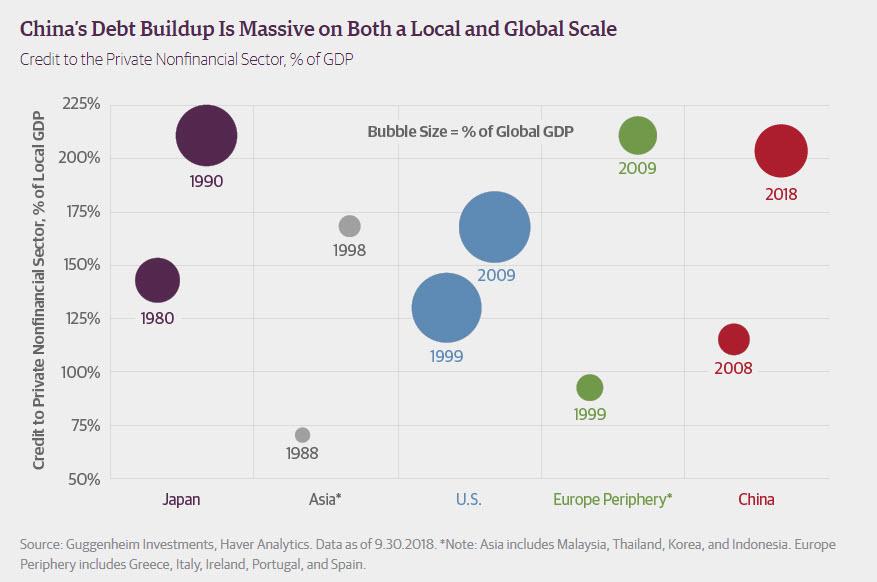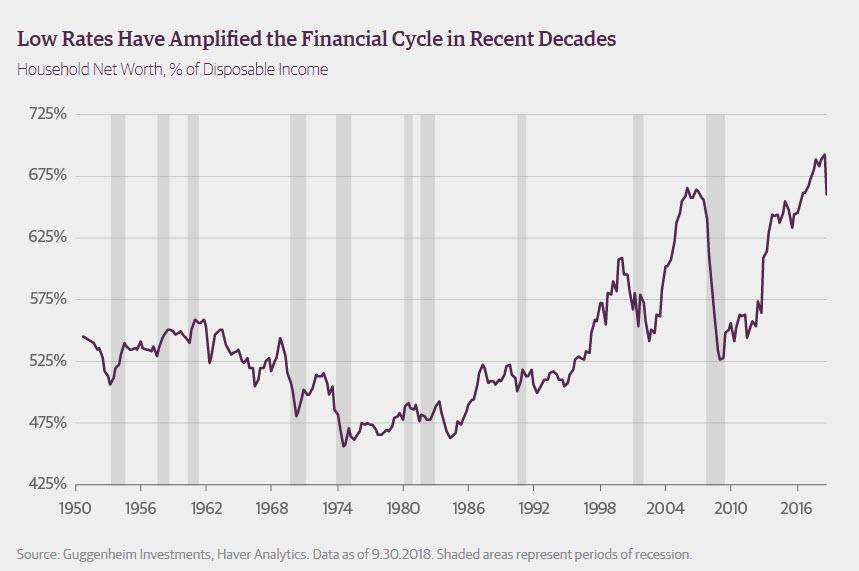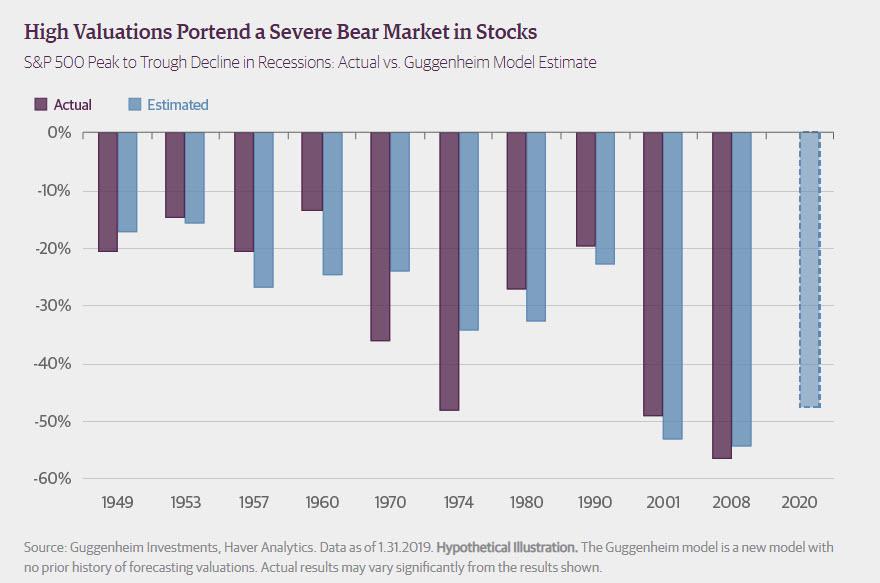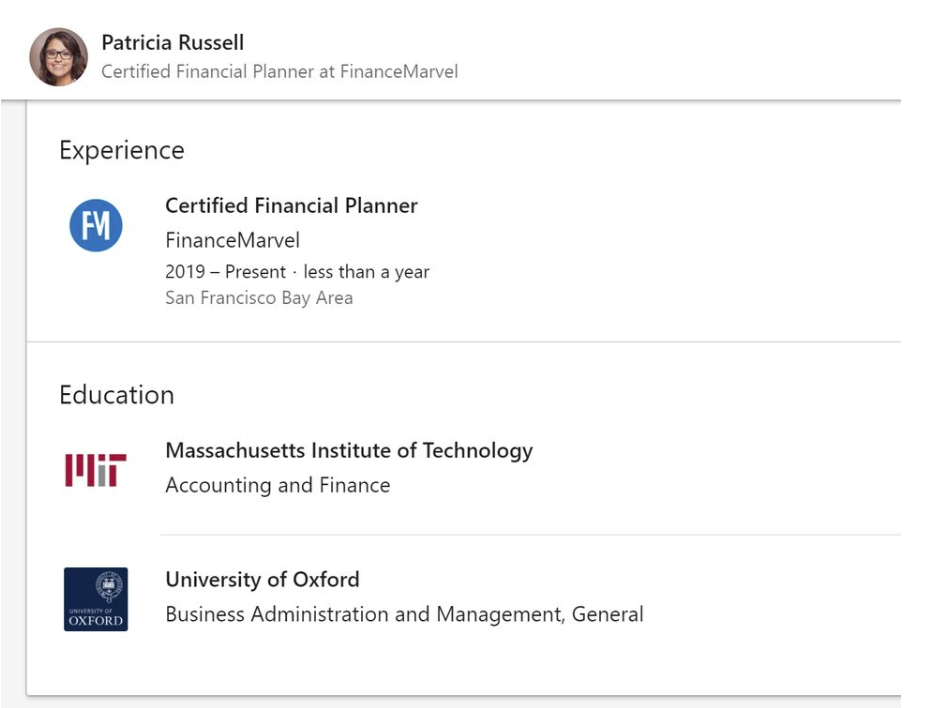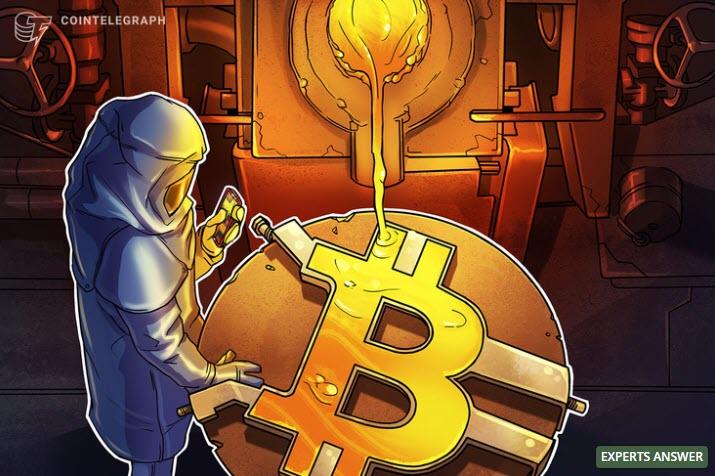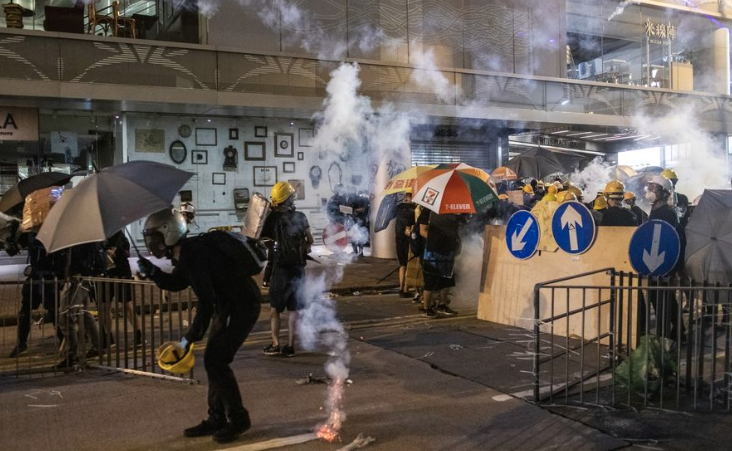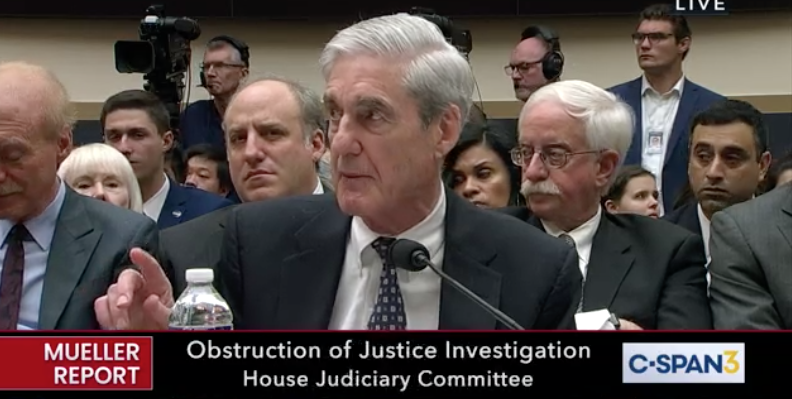Authored by Jacob Hornberger via The Future of Freedom Foundation,
Upon hearing that a man dressed in a military-style outfit was shooting people with an assault rifle at the Gilroy Garlic Festival in California on Sunday, I imagine that there were at least some Californians saying to themselves, “That’s impossible. It’s illegal in California to take an assault rifle into a public festival.” Indeed, according to Wikipedia, “The gun laws of California are some of the most restrictive in the United States.”
So, what are gun-control advocates in California going to do now? Make their gun laws even more restrictive?
For 20 years, I have been writing that people who are going to kill other people with guns don’t give a hoot about gun laws. After all, at the risk of belaboring the obvious, if a person doesn’t care about obeying a law against murder, he’s not going to care about violating a law against taking an assault rifle into a food festival.
But ordinary, law-abiding people do care about obeying gun laws. That’s because many of these laws make it a felony offense to violate them. That means jail time, big fines, and a serious criminal record. Even when it’s just a misdemeanor offense, oftentimes a conviction can also mean jail time.
For most people, violating the law in order to have a means of self-defense is just not worth the risk. The chances of being caught in a place where some mass murderer is indiscriminately shooting people is relatively low and, therefore, not enough to justify the risk of a felony conviction if caught with, say, a concealed handgun for self-defense.
Thus, as we learn, once again, gun-control laws destroy people’s natural, God-given right of self-defense by disarming them, while, at the same time, do nothing to dissuade a mass murderer from wreaking his deadly mayhem on innocent, disarmed victims.
[ZH: And judging by the avalanche of virtue-signaling demands that “enough is enough” and “gun reform” is needed immediately by any and all politicians able to fog a mirror, that is exactly what we see…]
U.S. Sen Kamala Harris
“Simply horrific. I’m grateful to the first responders who are on the scene in Gilroy, and my thoughts are with that community tonight. Our country has a gun violence epidemic that we cannot tolerate.”
House Speaker Nancy Pelosi
“This brutal killing targeting children and families enjoying a day of community breaks the heart of America. We thank the heroic first responders who provided aid and support to those in need, and we send our prayers to all who are mourning the lives that were cruelly cut short by this shocking attack.
“Enough is enough. Congress has a responsibility to every family torn apart by gun violence to act, and help advance a future that is finally free from this senseless violence. Every day the Senate refuses to act is a stain on the conscience of our nation.
“May it bring some measure of comfort to the friends and loved ones of those whose lives were cut short that all of America mourns with and prays for them during this sad time.”
U.S. Rep. Eric Swalwell, D-Dublin
“My heart breaks for all of our Bay Area neighbors who attended the Gilroy Garlic Festival. We need gun reform and we need it now. Enough is enough.”
Assemblyman Marc Berman, D-Palo Alto
“Instead of sending racist tweets and stoking hate in America, how about Donald Trump put in a real day of work for once and bring legislative leaders together to find real solutions to the gun violence epidemic that’s plaguing our communities? Or is it more thoughts & prayers?”
Assemblywoman Buffy Wicks, D-Oakland
“As news unfolds of another tragic mass shooting — at the Gilroy Garlic Fest— our communities weep, we grapple with both anger and heartbreak, and we hold our children closer. We send love to those whose lives are forever changed — we must match it with political courage to end this epidemic.”
Assemblyman Rob Bonta, D-Alameda
“Unacceptable. Thoughts and prayers are not enough. Bold action on gun safety is required.You’ve (President Donald Trump) failed to adequately address gun violence even as mass shootings have repeatedly occurred on your watch. Unless you will act to make the US safe from gun violence, don’t talk. Action.”
Los Angeles Mayor Eric Garcetti
“Our hearts go out to the victims of the shooting in Gilroy. It is devastating that families cannot enjoy a community festival without fear of gun violence. We have a moral imperative to end this epidemic.”
Assemblyman Phil Ting, D-San Francisco
“No more thoughts and prayers. Time to take more action so we can go to work, school and festivals in peace without fear of getting shot.”
State Sen. Scott Wiener, D-San Francisco
My heart goes out to the people of Gilroy, to the victims of this act of domestic terrorism, and to the families and community that will be impacted forever. Our country must take action — must stop ignoring — the flood of guns plaguing our country. These murders are avoidable.
“We’ve dramatically tightened access in California to guns whose purpose is to kill as many people as possible as quickly as possible. But, we can’t do it alone. Congress must act and take this tidal wave of gun violence seriously. Too many people, too many of our kids, are dying.”
Of course, the deeper question is why this sort of thing continues to happen in the United States.
Here is my personal thesis as to the series of mass killings in America, one that I have set out in previous articles.
Keep in mind that I am not a psychiatrist and, therefore, that this is just a personal theory. But I remain convinced that it is a valid one.
I believe that America’s forever wars, sanctions, embargoes, and assassinations overseas are triggering some sort of mechanism within the minds of people who are bit off kilter mentally, which is causing them to wreak the same sort of violent and deadly mayhem here at home that the U.S. government, specifically the Pentagon and the CIA, is wreaking in the Middle East, Afghanistan, and elsewhere.
For some 30 years, U.S. officials have led the American people into believing that all the death and destructive wreaked on people overseas would have no effect on American society. After all, since the killings happen thousands of miles away from American shores, how could that affect the American people?
For three decades, there have been two separate worlds.
One world is thousands of miles away and entails constantly killing people with sanctions, embargoes, bombs, shootings, invasions, occupations, wars of aggression, occupations, undeclared wars, coups, and alliances with violent dictators. Hundreds of thousands of people killed, maimed, or exiled or have their homes and businesses destroyed by U.S. forces.
The other world is here at home. Americans go to work. They go on vacation. They go to sports events and concerts. They engage in their hobbies. And whenever they see a person in military uniform, they go out of their way to thank him for his service, which purportedly consists of protecting the freedoms here at home by killing people abroad.
But the truth is that the freedom of the American people has never been threatened by any of the hundreds of thousands of people they have killed overseas. At worst, Americans have been threatened by terrorist strikes in retaliation for the death and destruction the U.S. government wreaks overseas.
Through it all, there has been a remarkable lack of concern for the sanctity of human life over there. Who cares, for example, about the hundreds of thousands of Iraqi who have been killed at the hands of U.S. forces, beginning with the Persian Gulf War, continuing through the 11 years of deadly sanctions, followed by the invasion and occupation of Iraq based on those supposed WMDs? The deaths of all those people just don’t matter.
During the many years of the Iraq occupation (labeled “Operation Iraqi Freedom”), church ministers all across the country exhorted their congregations to pray for U.S. troops in Iraq but never for their victims, even though it is undisputed that neither the Iraqi people nor their government ever attacked the United States. Even while constantly reminding people of the sanctity of life when it comes to the unborn, church ministers have forgotten that in the eyes of God, the lives of the born, including the foreign born, is just as sacred as the lives of the unborn.
U.S. sanctions and embargoes target innocent foreign citizens with death, with the aim of achieving a political end, i.e., regime change. And there is never an upward limit on the number of people who can be killed in the process of trying to achieve that political end. Any number of deaths is considered “worth it,” the words used by U.S. Ambassador to UN Madeleine Albright to justify the deaths of half-a –million Iraqi children from U.S. sanctions.
What does all this have to do with the California shooting and, for that matter, other instances of mass violence in America?
I believe that when a nation’s government has been killing people continuously for three decades, all that death and destruction is inevitably going to seep into the subconscious of individual citizens, even though it’s happening thousands of miles away and even though the government tries to keep us immune from it. Most of us can handle it but my thesis is that there are some people who are a bit off-kilter mentally who cannot handle it. I believe that the massive death and destruction ultimately triggers something within them that causes them to mirror here in the United States what the U.S. government is doing overseas. In their off-kilter minds, they are unable to do what U.S. officials do — place a high value on the sanctity of American life and no value on foreign life. For the off-kilter people, all life is equally valueless. The fact that some of these mass killers are military veterans and may even have participated in the oversea death, destruction, and mayhem makes the psychological situation even more problematic.
There is an easy way to test my thesis: bring the forever wars to an immediate end and bring all U.S. soldiers home immediately. Even if my thesis isn’t correct, it’s the morally right thing to do anyway.
via ZeroHedge News https://ift.tt/2LNtiCk Tyler Durden

